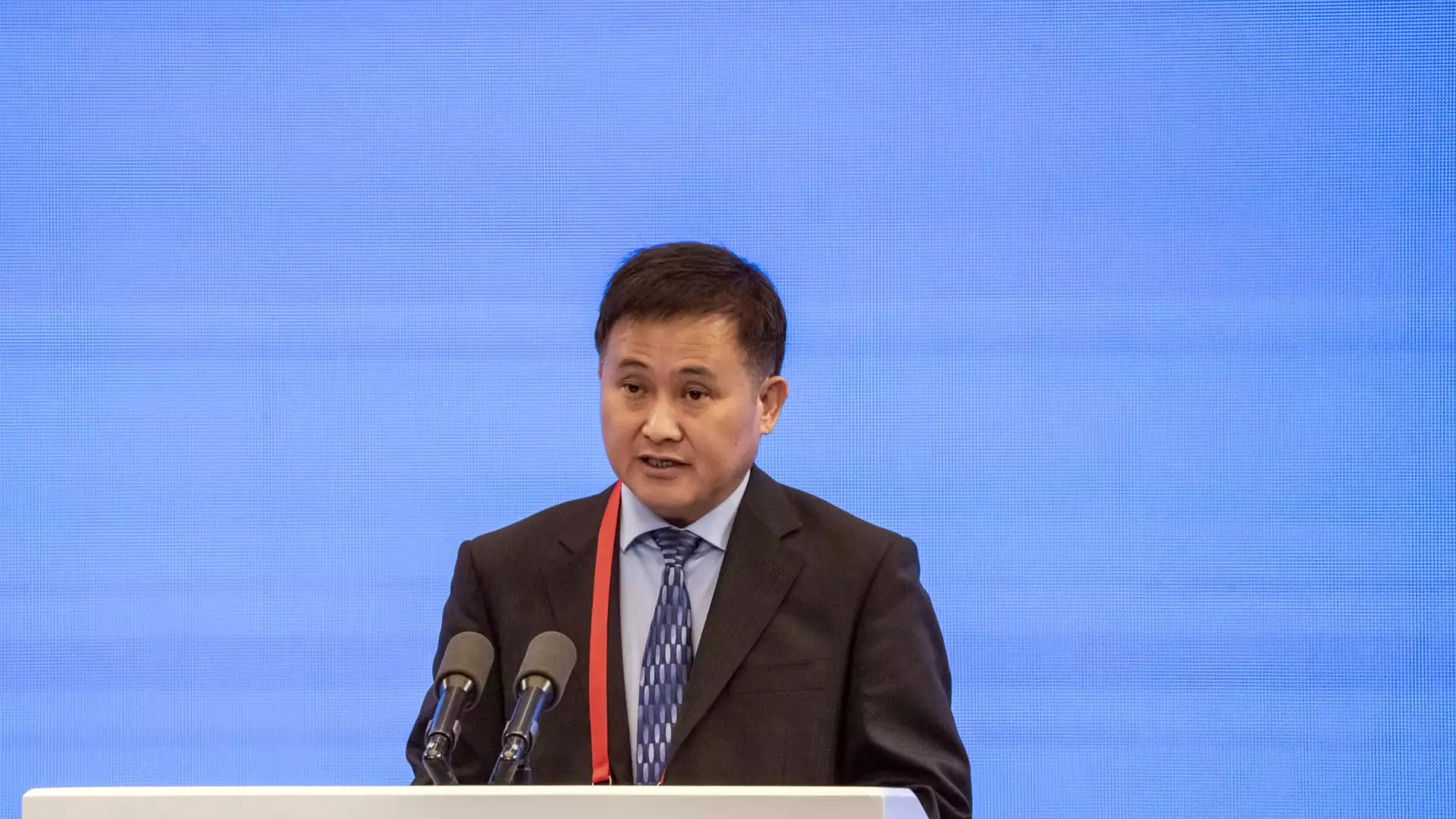China’s financial landscape has been a topic of concern for international institutions due to its high debt levels, particularly in the real estate sector and local government financing platforms. However, People’s Bank of China Governor Pan Gongsheng recently stated that the overall financial risks in China have decreased, including those related to local government debt. He also emphasized that the central bank will continue to support the Ministry of Finance in achieving the country’s growth targets for the year.
The emergence of local government financing vehicles (LGFVs) in China over the past two decades has allowed local authorities to fund infrastructure projects through shadow banking. This has led to a significant increase in debt burdens for LGFVs, with more than 1 trillion yuan of LGFV bonds set to mature in the near future. Despite efforts to address these debt challenges, S&P Global Ratings analysts have noted that LGFV debt remains a major problem that needs to be tackled.
The slowing growth of China’s economy, with a 5% growth rate in the first half of the year, has raised concerns about the country’s ability to reach its target growth rate for the full year. The International Monetary Fund has recommended that macroeconomic policies focus on supporting domestic demand to mitigate debt risks. Furthermore, the IMF has identified small and medium-sized banks as a weak link in China’s banking system, emphasizing the need for comprehensive reforms to address these vulnerabilities.
In the real estate sector, China has taken steps to reduce risk and promote sustainable growth. The mortgage down payment ratio has reached a record low of 15%, while interest rates remain low. Central authorities are supporting local governments in financing affordable housing projects and rental units, signaling a shift away from relying solely on real estate for economic growth. This aligns with Beijing’s broader strategy to transition towards advanced technology and manufacturing sectors for sustainable development.
Monetary Policy and Market Volatility
Recent developments in China’s government bond market have highlighted the importance of effective monetary policy in maintaining financial stability. The People’s Bank of China’s decision to inject capital through alternative tools like the 7-day reverse repurchase agreement indicates a proactive approach to managing market volatility. Pan Gongsheng’s emphasis on revamping monetary policy structures underscores the central bank’s commitment to adapt to changing economic conditions and mitigate risks in the financial system.
While China has made progress in reducing financial risks and addressing debt challenges, ongoing efforts are needed to ensure long-term stability and sustainable economic growth. By focusing on comprehensive reforms, supporting key sectors like real estate through targeted policies, and maintaining a prudent monetary policy stance, China can navigate challenges and emerge stronger in the global economy.

